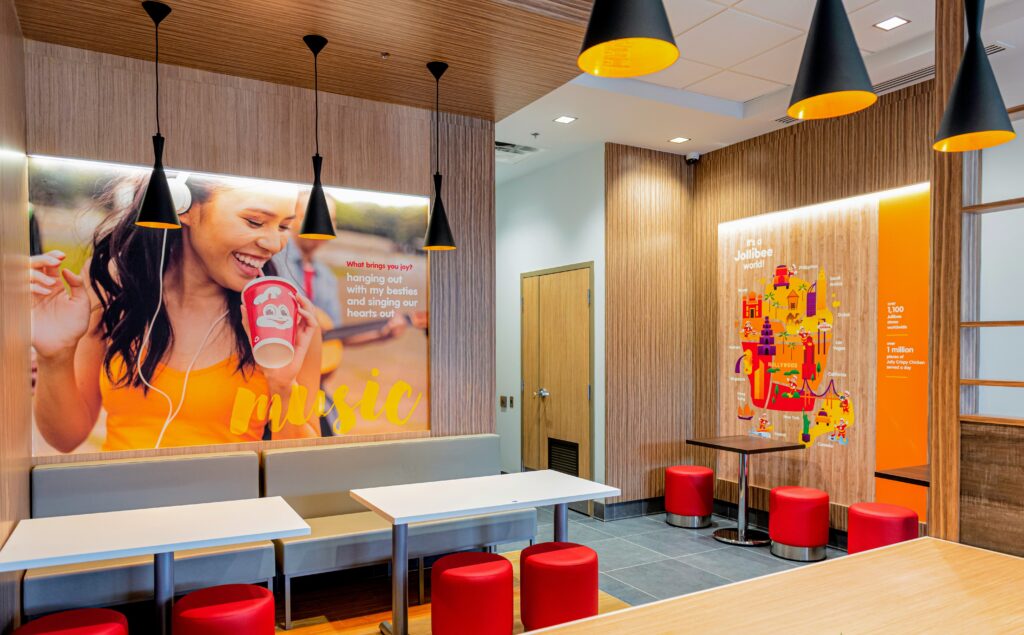WHAT’S THE DIFFERENCE BETWEEN DESIGN BUILD AND TRADITIONAL CONSTRUCTION?
There are two methods you can choose from when building something new or remodelling an old one: design-build and conventional construction. Before choosing which approach is best for your project, it’s critical to comprehend how the two differ because each has benefits and drawbacks.
We’ll look at what each approach entails in this blog article and contrast them in terms of the process, cost and time, quality and safety, and more. Our ultimate objective is to arm you with the knowledge necessary to decide between design-build and conventional building in a well-informed manner.
What is Design-Build.
Using the design-build (DB) project delivery technique, the roles of design and construction are combined into a single, cohesive team. DB transfers project risks from the owner to the contractor, who is then in charge of both the project’s planning and construction. By enabling concurrent design and building activities, this strategy reduces the amount of traditional coordination between various parties and shortens timelines.
Advantages of Design-Build.
The main advantage of a DB strategy is the cost savings brought about by shortened timelines from concurrent design and construction operations. Since all parties involved in the project are working as a single team, this strategy also simplifies communication, which can help prevent disagreements or miscommunications about roles, responsibilities, and standards throughout the process. Last but not least, DB projects frequently yield higher quality work because designers have better understanding of what is feasible from a constructability perspective when they collaborate closely with builders during preconstruction phases.
Challenges of Design-Build
While there are many benefits to using a DB approach, there are also some challenges that must be carefully managed throughout the process. For example, it is important that all stakeholders understand their roles in order to successfully manage risk transfer between them. It is also important to make sure that costs are within budget while maintaining an acceptable level of quality control when making decisions in real time on-site during construction phases.
What is Traditional Construction.
The owner enters into separate agreements with different organizations for the planning and building services in traditional construction, a traditional method of project delivery. This approach to project execution has been around since before Design-Build became popular and is still employed on many current projects. In this approach, an owner hires a design team (architects, engineers, etc.) to create the project’s plans before hiring a different contractor or general contractor to build the structure in accordance with those plans. Since they are not cooperating as in Design-Build, the owner usually maintains control over both groups throughout the entire process.
Advantages of Traditional Construction.
The most apparent benefit of traditional construction is that it gives the owner more control over specific project components. Due to the collaboration between two different teams working on one project from start to finish, in order to get exactly what they want from their building or structure without any compromises, an owner can, for example, choose different architects and contractors for each part of their project if desired, such as in Design-Build projects. A business owner also has more access to subject-matter specialists than a singular organization that offers all services under one roof might have staff-wise. Compared to using Design-Build methods, where multiple disciplines are represented by a single entity’s personnel pool that may lack expertise in some areas, this could lead to better overall results on some aspects of a given work site.
Challenges of Traditional Construction.
Miscommunication between parties is a problem with traditional construction projects because they don’t work together directly throughout the process. Instead, they communicate through representatives of the owners or lawyers who may not fully understand all the details, which can result in mistakes or delays if the right steps aren’t taken at each stage along the way. Additionally, since everything needs to be meticulously recorded so that all details are presented correctly and taken into consideration when contracts change hands throughout the duration, there is more paperwork than when using Design-Build. Furthermore, because designers and contractors don’t routinely collaborate on projects toward shared objectives, legal disputes over matters like payment inconsistencies, quality control, timelines, etc., may develop.
Comparison of Design-Build and Traditional Construction.
One organization is used for both the design and construction of a project in the design-build technique of construction. As a result, the client’s idea is being realized by a team that includes the architects, engineers, and contractors. Traditional construction, on the other hand, divides these roles so that distinct organizations are in charge of each project step. In this scenario, an engineer will create the blueprints and requirements, which are then distributed to various contractors who offer their bids or estimates for finishing the project.
Difference in Cost and Time.
Due to the close coordination between design professionals and contractors from the beginning of a project onward, the cost and time associated with Design-Build projects can frequently be lower than those associated with conventional construction methods. However, with traditional construction methods, costs are frequently higher since more time must be spent reviewing numerous contractor proposals before choosing one based solely on price – without taking into account potential benefits like experience or quality control offered by certain bidders. Additionally, compared to traditional construction approaches where coordination issues between various entities may cause setbacks during later phases of a project timeline, Design-Build teams typically require less rework and experience fewer delays overall because they are aware of each other’s work throughout the process.
Difference in Quality and Safety:
Due to increased team member accountability throughout all project stages, from concept to completion, design-build projects also frequently have higher levels of quality assurance than traditional construction methods, which prevents finger-pointing should anything go wrong. Additionally, design-build teams can frequently complete projects more quickly while maintaining strict safety standards at every stage as opposed to having them checked after completion as is typical when using traditional construction methods because they typically receive more training in safety protocols.
Conclusion
In conclusion, the building processes known as Design-Build and Traditional building are very dissimilar. Compared to conventional methods, Design-Build is a more effective process that frequently results in cost and time savings while delivering higher quality and safety. It does, however, present some unique difficulties, such as the requirement for better coordination between all parties involved in the endeavour. Due to its familiarity and reduced risk, traditional construction is still largely used today. When deciding which approach to use for your next job, it’s critical to comprehend how Design-Build and Traditional Construction differ from one another. Both have benefits and drawbacks, but choosing which strategy is best for you ultimately depends on how well you grasp the requirements of your project. You should be able to confidently choose the best construction method for your job after giving all the variables careful thought








